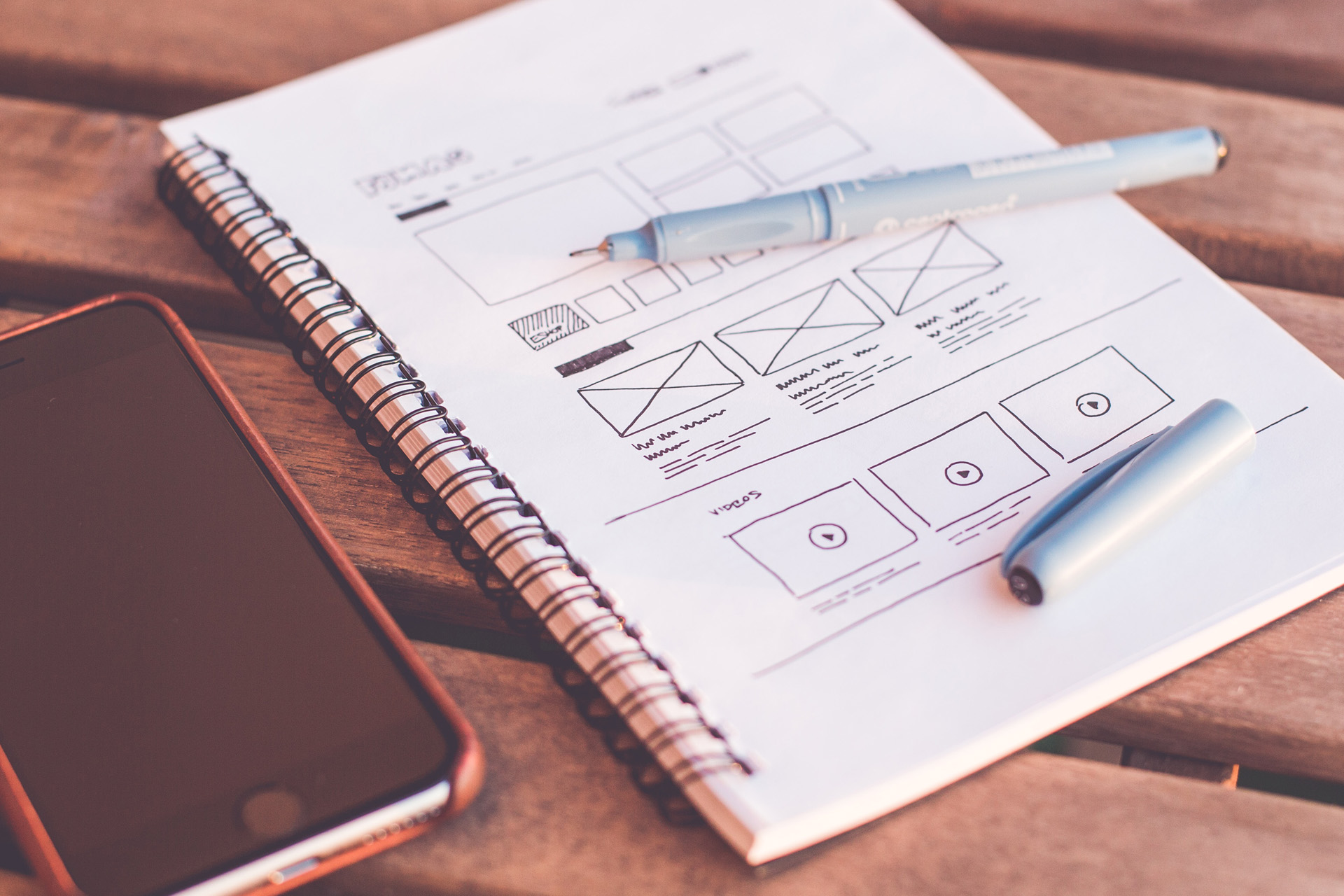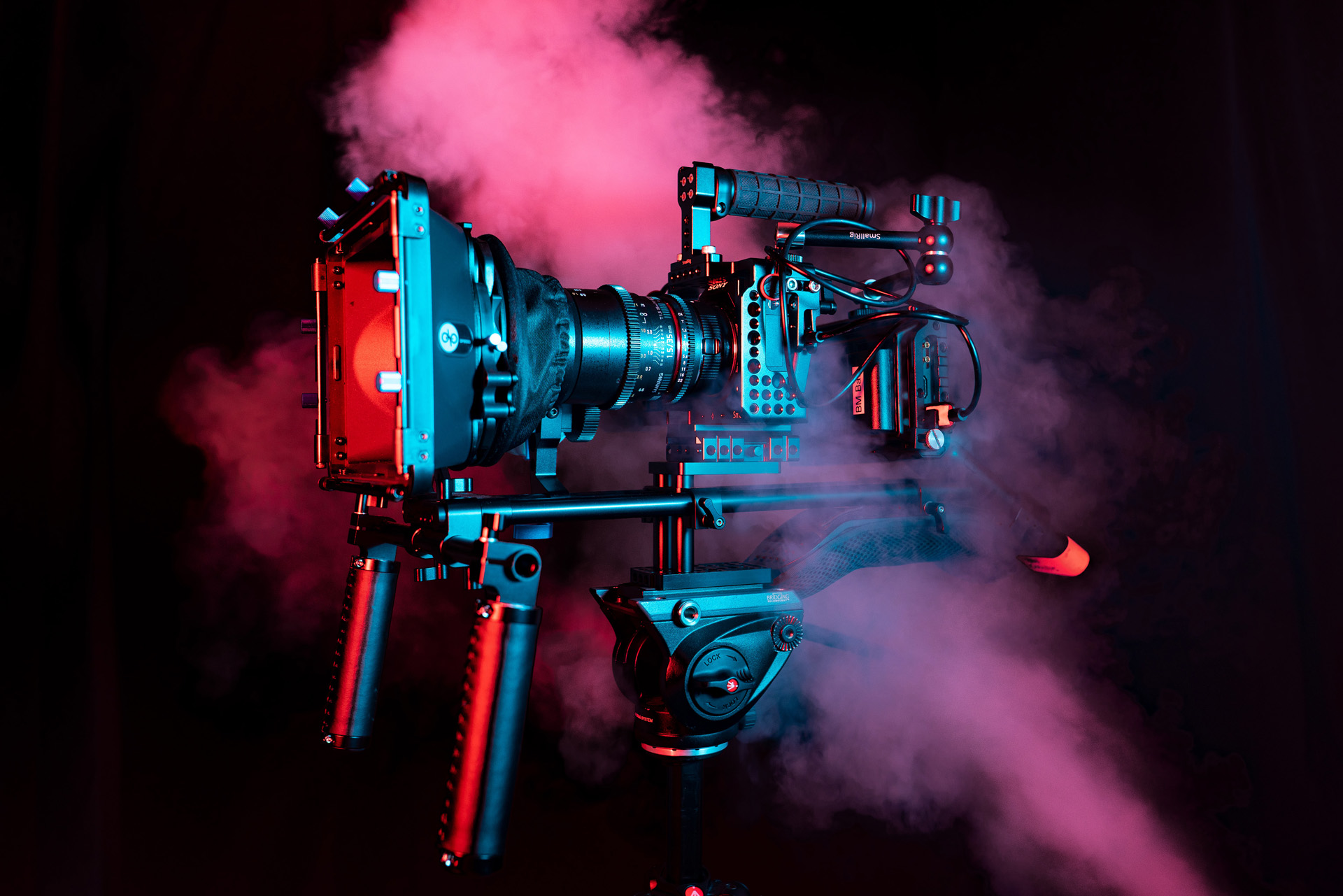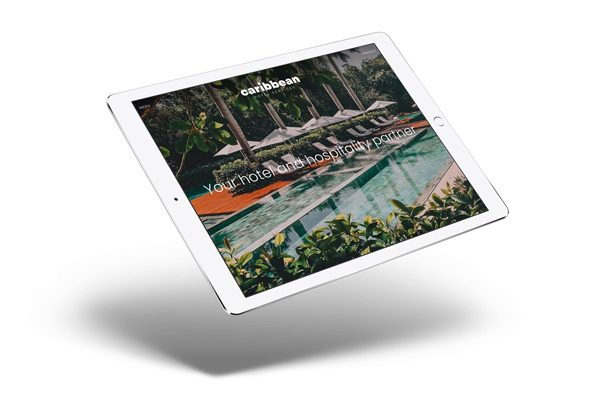Web design has come a long way since its beginning, especially in terms of styling. Take a look at a website from 15 years ago and compare it to one from today. The differences are enormous. As the internet has become more important, so has the demand for professional web development. Web design is crucial because it impacts how an audience perceives a brand. The impression you make with a website is crucial in getting potential customers to remain on the web page and learn about your business or leave the webpage and turn to a competitor. Today, web designers have a vast array of tools and technologies and can create sophisticated designs that are responsive, interactive, and user-friendly.
Related Articles:
6 web design trends for creatives to take note of in 2022
5 Graphic Design Trends in 2020
Web Design Trends You Can’t Ignore in 2019
Here are 8 aspects that have changed web design over the years.
Broadband and internet speed
Every year, more and more people gain access to the internet. There are approximately 5.07 billion people around the world using the internet today. With such a massive increase in online traffic, website speed has become essential. Website speed, or website performance, refers to how quickly a browser can load a fully functional webpage from a given site. Broadband has revolutionised connection speeds, cutting file transfer times, and making image-heavy web-pages and video backgrounds relatively quick and easy to load. Internet users are highly impatient and will leave a website within a few seconds if it’s not loading fast enough. In fact, 40% of desktop users will leave if a site takes more than three seconds to load. That number increases to 53% when you ask mobile users.

Minimalism
Flat website design is a significant trend of the last decade. It uses simple colours, shapes, and 2D elements. The minimalist look doesn’t utilise heavier ingredients and textures. The design of a website should be extremely simple and convenient. Web designers should make sure that the written content is no more than necessary and is easy to understand. Lots of whitespace, smart and clean use of fonts, carefully positioned minimalist imagery are the main parts of this trend. This also includes (usually) white backgrounds and spacious layouts. Using light backgrounds means that experimenting with typography and somewhat colourful and bold colour palettes can be very rewarding.

Animation
Getting noticed and retaining viewer attention is something that all web designers strive to achieve. However, you can achieve both through movement. Eye-catching animation has the power to engage users more than a static screen, because animated and illustrated websites have more personalized dynamic visual effects that contribute to user satisfaction and longer site visits. One of the best ways to incorporate animation in web design is to use its motion to guide the user’s eyes to where you want them to look on the web page. If you need expert assistance, our motion design studio can help you integrate captivating animations to elevate your website’s user experience.

Importance of UX and design
UX design is the overall experience that a visitor has while visiting a website. In today’s world people demand an easy, efficient, and fast user experience. Proper understanding of users makes it simpler to convert them into loyal customers. A high-quality UX can engage users more, lend more credibility to the brand, and earn the trust of users. UX design works to focus on the user or customer to really understand their habits, needs, behaviours, motivations, and emotions. Designers are adapting themselves to the user’s personal needs, and trying to communicate on a personal level that respects the user while producing an emotional feeling.

Responsively designed websites
Another significant change in website design is the shift towards a mobile-first approach. These days people spend far more time browsing the internet on their phones. Mobile internet usage surpassed desktops in 2016, boosting the importance of web development that encourages a mobile-friendly web design. As there are space restrictions on smaller screens, web designers must ensure that the most critical elements are prominently displayed since those are the ones users will actively look for. Intuitive navigation is important when it comes to delivering a neat and clean user experience on mobile devices as it helps users to find the necessary information easily. Nowadays, a good website design should work well on many devices such as mobiles, laptops, and desktops.

Single colour background
Today, backgrounds are one of the core features that determine how visually interesting a website is. The background holds the theme of the website, and there are vast amounts of possibilities when designing a website background. Solid colour background is an excellent match for those websites that are obsessed with detailed or busy interfaces. Also, it’s one of the main components of minimal style, which we have already mentioned in this article, with web design trends leaning more towards minimalism over the past few years.

Video background
The technology that powers sites has improved, making background videos easier to use. Website video backgrounds can help a business to stand out and increase time on site when used correctly. In the web development industry, large video backgrounds are considered one of the most engaging ways to portray a company’s vision, mission and capabilities. Videos can tell the story of the business and every business has a story that can be told. Using movement to draw attention pays big in marketing and advertising efforts, for example, in a recent case study from Intel, moving signage attracted 400% more views than traditional signage.

Digital marketing
The impact of web design on the entire digital marketing strategy is huge. A website is essential to accomplish different objectives in today’s digital world, including communication, marketing and promotional objectives to help company’s business grow. From website user experience to branding, SEO and social media outreach, web design plays a vital role in how a brand is perceived. A business website is now the common and primary point of contact for customers. It showcases business professionalism and demonstrates expertise and market reputation. It is precisely because of this that website design is so crucial for any digital marketing plan.
However, there are many more aspects not covered here that need to be considered. If you would like professional assistance for a smoother, less stressful web design process, Reactive Graphics are here to help. Get in touch with us today to find out more.


